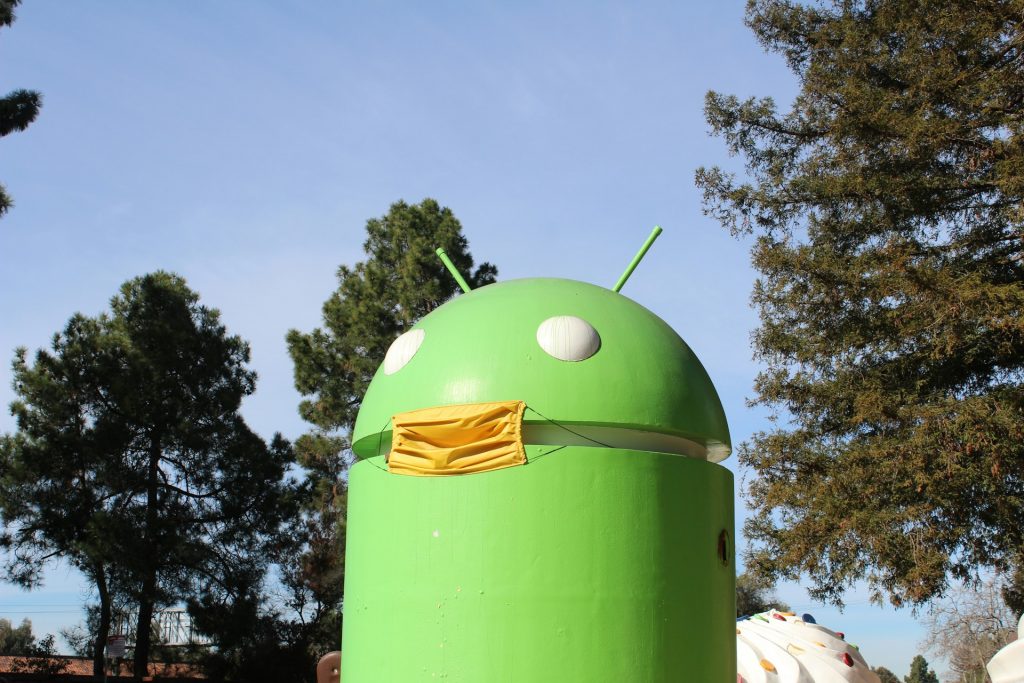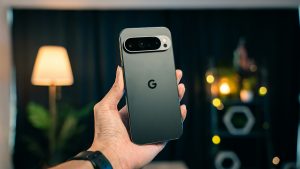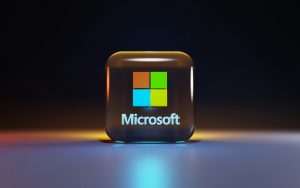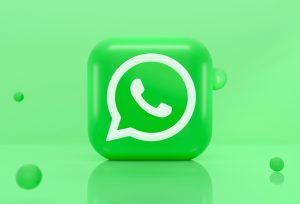Bridging the Mobile Divide: Sharing Files and Fixing Bugs

In today’s tech landscape, transferring files between devices within the same ecosystem is seamless. Apple users have AirDrop, and Android users have Nearby Share. However, crossing the aisle—specifically, sending photos and videos from an iPhone to an Android phone—remains a significant hurdle for users. This article explores the most effective workarounds for this interoperability gap and also covers a critical update in the Android development world.
The Challenge of iPhone-to-Android Sharing
Without a common, built-in protocol like AirDrop, iPhone and Android users must rely on third-party apps or older methods to share media. Bluetooth file transfer is not an option between the two operating systems. Here are the most common solutions.
Using Instant Messaging Apps
The most convenient method for sending a few files is through a cross-platform messaging app like WhatsApp, Facebook Messenger, or Viber. Since most people already use these services, it’s a simple matter of selecting a contact and attaching the media.
The significant downside, however, is quality. Nearly all instant messaging services compress photos and videos to save data and speed up transfers. The file your friend receives will not be in its original resolution. If image fidelity is not a concern, this is the quickest method.
How to Send a Photo via WhatsApp
-
Open WhatsApp and navigate to the Chats tab.
-
Open the conversation with the contact you want to send the file to.
-
Tap the plus icon (+) in the bottom-left corner.
-
Choose Photo & Video Library.
-
Select the photo or video you wish to send.
-
Tap the Send button.
How to Send Multiple Files via WhatsApp
-
Open the Photos app on your iPhone.
-
Tap Select in the top-right corner.
-
Choose all the photos and videos you want to send.
-
Tap the Share button (the box with an arrow pointing up).
-
Select WhatsApp from the list of apps.
-
Search for and tap on your friend’s name.
-
Press Next, then tap the Send button.
Using Email for Small Transfers
For users who prefer not to use messaging apps or need slightly better quality, email is another option. This method is only suitable for a small number of images, as email providers impose strict attachment size limits. Apple’s Mail service, for example, typically has a 20MB limit, while Gmail’s limit is 25MB. This makes it impractical for videos or large photo albums.
How to Send Files via Apple Mail
-
Open the Mail app on your iPhone.
-
Tap the Compose icon in the bottom-right corner.
-
In the new message body, tap the Expand Toolbar button (the
<arrow) above the keyboard. -
Tap the Insert Photo icon.
-
Select the photos or videos you want to attach. You may need to tap All Photos to browse your full library.
-
Enter the recipient’s email address and a subject line.
-
Press the Send button (the blue upward arrow).
When sending, the Mail app may ask if you want to reduce the file size. You can choose to send at “Actual Size” to preserve quality, but this will count against the attachment limit.
Google Pushes Android 16 Beta 3.1 to Fix Critical Bootloop Bug
On the development side of the mobile world, Google has released Android 16 QPR2 Beta 3.1, a minor but critical update for Pixel testers. The new builds are identified as BP41.250916.010 for the Pixel 6, 6 Pro, and 6a, and BP41.250916.010.A1 for all other supported Pixel devices.
This update’s sole purpose is to fix a severe bug introduced in Beta 3 that caused some devices to fall into a “bootloop,” where the phone would endlessly restart without ever reaching the home screen.
The Cause of the Bootloop
Google identified the source of the problem: the bug was triggered only on devices where the user had manually enabled “Enable desktop experience features” located within the “System” section of the Developer options menu.
For testers who were affected by the bootloop after installing Beta 3, Google offered two recovery paths. The simplest solution was to let the device continue its failed boot attempts, as the system was designed to automatically revert to the previous Beta 2 after several failures. For users who had USB debugging enabled prior to the update, using ADB commands was also a viable option to recover the device.
How to Get the Update
Google has reacted quickly to patch the issue. For beta testers who were not affected, this 3.1 update brings no other changes or new features.
The new version is being distributed as a standard over-the-air (OTA) update. Beta participants who haven’t received the update notification can manually check for it by navigating to Settings > System > System update.





